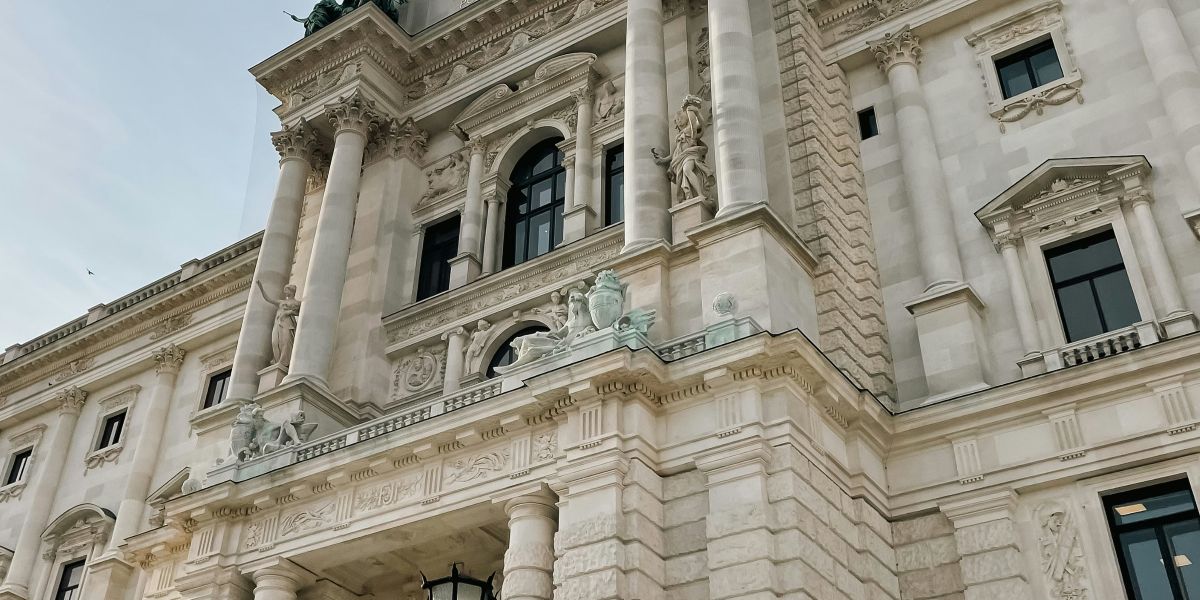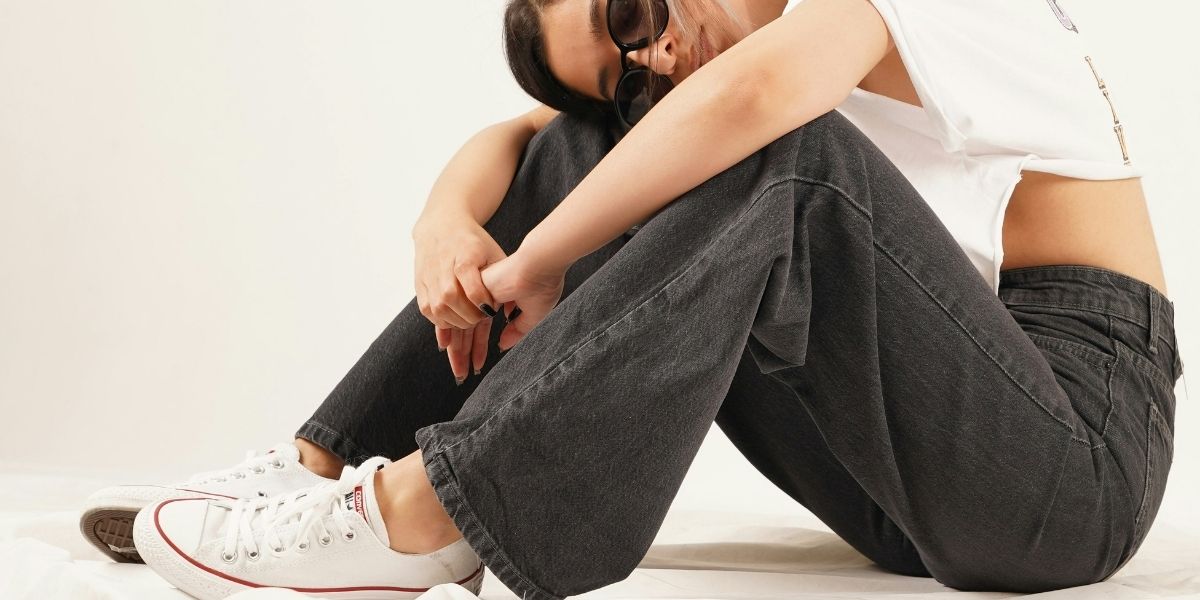By: SEO Mavens
Hosting a Hollywood red carpet event is an opportunity to drive major awareness by leveraging the many national entertainment and news media outlets in Los Angeles. Media presence not only amplifies your event’s visibility but also attracts more attendees, including high-profile personalities who can add significant value. If you’re preparing to host a red carpet event in the entertainment capital of the world you don’t have the desire or budget to hire a Hollywood PR agency, follow this roadmap for media success.
Define Your Media Goals
Start by defining what you want to achieve with media coverage. Are you aiming to maximize general awareness, promote a specific cause or highlight certain celebrities or sponsors associated with your event? Setting clear goals helps in targeting the right media outlets and pitching your event effectively. This step is crucial for aligning your team and ensuring everyone works toward the same publicity objectives.
Prepare a Media List
Create a comprehensive list of media contacts that includes journalists, freelance writers, photographers, bloggers and influencers who cover Hollywood events, entertainment, lifestyle and fashion. Research their recent work to ensure their audience aligns with your event’s profile. Tools like Cision and Meltwater can help you build and manage media lists with relevant contacts. Don’t overlook smaller niche media outlets that can reach dedicated audiences.
Craft a Compelling Press Release
Your press release or media advisory should be engaging and newsworthy. It needs to answer who, what, when, where, why and how to provide journalists with all the necessary details to cover the story. Highlight what makes your event unique, whether it’s an exclusive performance, a celebrity guest list or a charity component. Distribute the press release directly to media contacts to maximize exposure. A well-crafted press release acts as the blueprint for your event’s story.
Offer Exclusive Opportunities
To entice top-tier media outlets, offer exclusives like one-on-one interviews with key celebrities, sneak peeks of the event setup or early releases of major announcements. Exclusive content makes outlets feel valued and can lead to more in-depth, feature-like coverage of your event. These exclusives should be tailored to match the interests of the media outlet to increase their likelihood of advance coverage.
Utilize Media Invitations
Design attractive media invitations that reflect the glamor and exclusivity of your event. Ensure that they are personalized where possible, addressing each journalist or influencer by name, and include all logistical details such as time, venue, expected attendees and contact information for media inquiries. Follow up with phone calls or emails to confirm attendance and address any questions. A personal touch can significantly increase the chances of media turnout.
Create a Media-Friendly Environment
At the event, facilitate the media’s job by providing a dedicated media check-in, clear signage, a well-equipped press room and free Wi-Fi access. Have a media coordinator available to assist with interviews, manage photo opportunities and handle any media-related issues that arise. Make sure there are plenty of opportunities for engaging shots and interviews, which media personnel can use to craft captivating stories.
Plan Engaging Red Carpet Activities
The red carpet is where much of the action happens. Plan visually engaging activities or setups that invite photography and video, such as unique photo backdrops or live performances. Brief your celebrities and VIPs on important media talking points to ensure your key messages are communicated effectively. These activities should be visually striking and aligned with the theme of your event to capture media interest.
Leverage Social Media
In addition to traditional media, leverage social media to create buzz. Encourage attendees and participants to share their experiences using a custom hashtag. Engage with users online by posting live updates, behind-the-scenes content and highlights from the red carpet. This can attract real-time attention and may also be picked up by media monitoring their social feeds. Active social media engagement before and during the event can greatly amplify your reach.
Provide High-Quality Multimedia Assets
After the event, quickly distribute high-quality photos, videos and press materials that media can use for post-event coverage. Include captions that are clear and informative, and provide credit information as necessary. This not only aids in getting more coverage but also controls the narrative to ensure consistency in how your event is presented. Quick and easy access to high-quality assets can significantly boost your post-event coverage.
Evaluate and Follow Up
After the event, assess which media outlets covered your event and how effectively your goals were met. Collect and archive coverage clips, whether they are online mentions, print articles or broadcast segments. Follow up with a thank you note to all media attendees and contributors, which can help maintain relationships for future events. This step is essential for building lasting media relationships and can enhance coverage for future events.
Securing media coverage for a Hollywood red carpet event requires meticulous planning, targeted outreach and polished execution. By applying these strategies, you can ensure that your event not only shines on the day but also leaves a lasting impression through extensive and favorable media exposure.
Published by: Khy Talara









